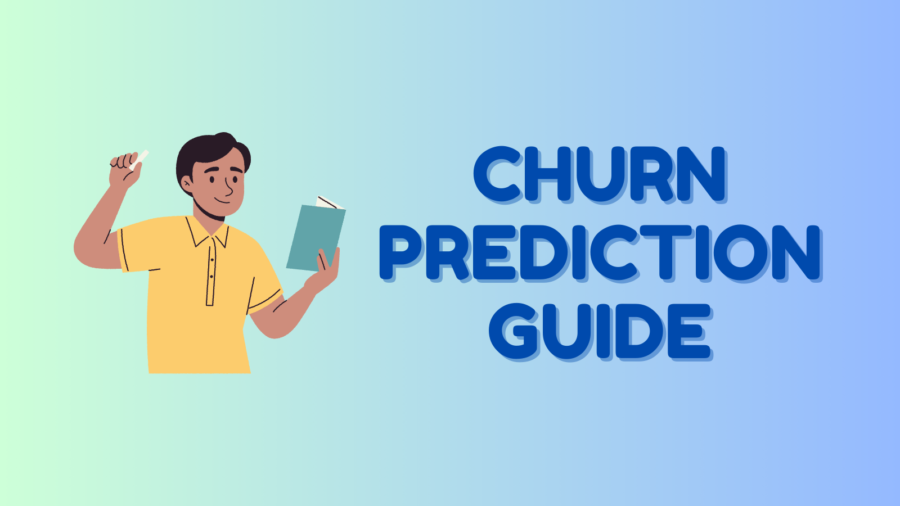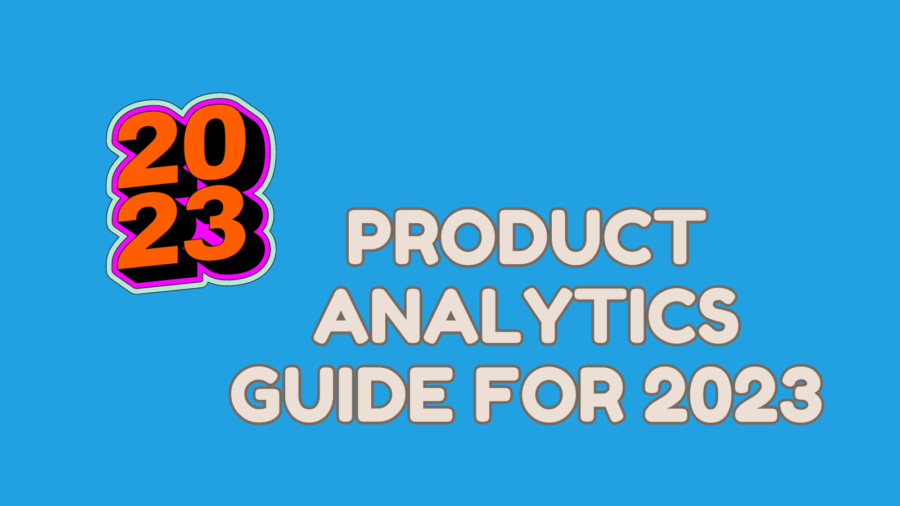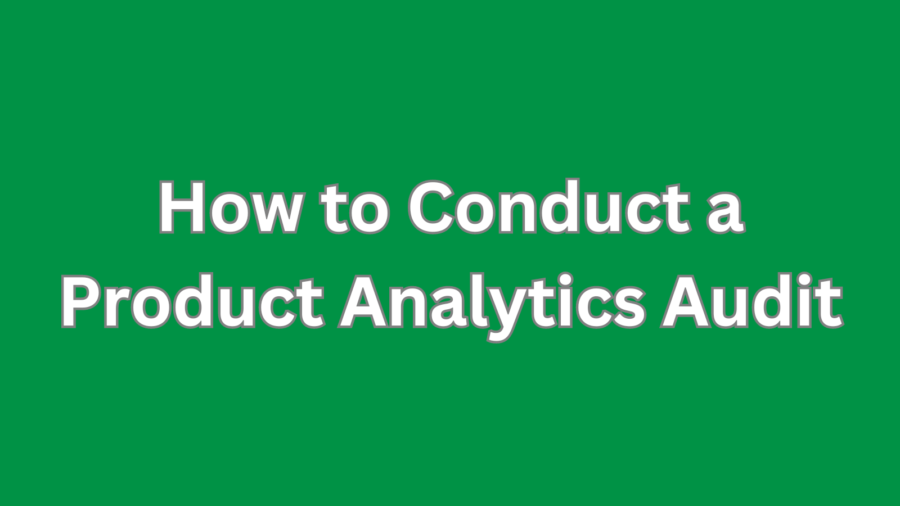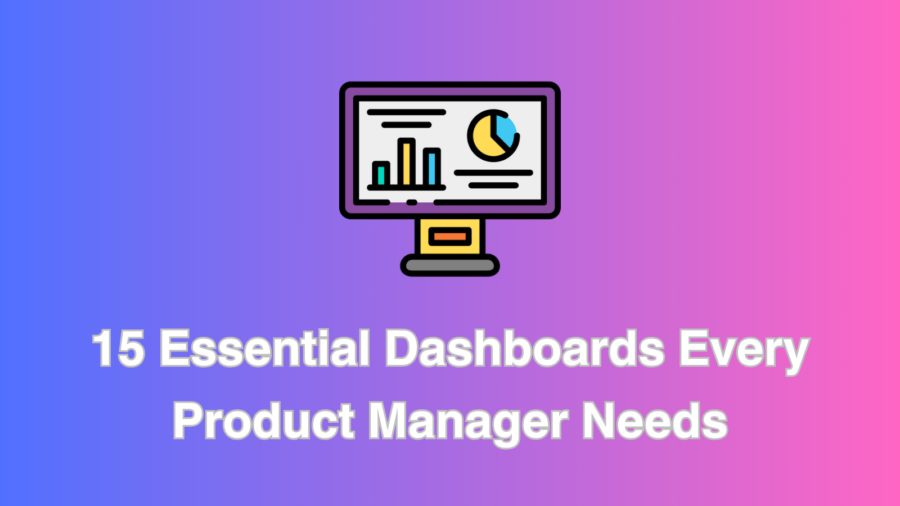In a world of subscription-based businesses, customer retention is a top priority for Product Managers (PMs). Churn, the rate customers stop subscribing to a service, can significantly impact a company’s bottom line. Predicting churn has become a crucial aspect of product management, and in this ultimate guide, we’ll explore the key components and strategies to unleash the power of churn prediction.
Understanding Churn Prediction
Churn prediction is not a crystal ball but a data-driven approach that leverages historical customer behavior to forecast future churn. This proactive strategy allows PMs to identify and address issues before they lead to customer departures. PMs can gain valuable insights into potential churn triggers by analyzing customer interactions, usage patterns, and other relevant data. Understanding the nuances of churn prediction enables PMs to take preemptive actions, such as personalized communication or targeted offers, to retain customers and foster long-term loyalty. Successful churn prediction is like having a radar system for your subscriber base, helping PMs navigate the turbulent waters of customer retention.
The Data Foundation: Building Blocks of Churn Prediction
At the core of effective churn prediction lies a robust data foundation. PMs must collaborate closely with data scientists and analysts to ensure access to quality data that captures the intricacies of user behavior. Customer touchpoints, subscription history, support interactions, and external factors like market trends can contribute to the dataset. Churn prediction models thrive on diverse and comprehensive data sources. PMs should strive to create a unified view of customer data, breaking down silos between departments to facilitate a holistic understanding of the customer journey.
Churn prediction models often employ machine learning algorithms to sift through vast datasets and identify patterns indicative of potential churn. These algorithms can range from traditional statistical models to advanced techniques like deep learning. Regularly updating and refining these models based on new data ensures their accuracy and relevance. PMs should collaborate with data scientists to establish a continuous feedback loop, allowing the model to adapt to evolving customer behaviors. In essence, the success of churn prediction hinges on the quality and adaptability of the underlying data infrastructure.
Churn Prediction Metrics: Navigating the Sea of Key Indicators
To effectively predict churn, PMs must navigate through a sea of key indicators. Monitoring customer engagement metrics, such as login frequency, feature usage, and session duration, provides valuable insights into user satisfaction and commitment. An abrupt decline in these metrics can be an early warning sign of potential churn. Customer support interactions, mainly the frequency and nature of queries, offer another layer of understanding. A sudden surge in support requests may signal dissatisfaction or confusion, highlighting areas that require immediate attention.
Churn prediction models often incorporate predictive metrics, such as Customer Lifetime Value (CLV) and Net Promoter Score (NPS). CLV estimates the total revenue a business can expect from a customer throughout their relationship. A decline in CLV may indicate diminishing loyalty. NPS, conversely, measures customer satisfaction and likelihood of recommending the service to others. A plummeting NPS score can indicate dissatisfaction, potentially leading to churn. PMs can proactively intervene and implement targeted strategies to mitigate churn risks by strategically monitoring these metrics.
Strategies for Churn Mitigation: Turning Insights into Action
Churn prediction is only as valuable as the actions it inspires. With insights from predictive models and key metrics, PMs can implement targeted strategies to mitigate churn. Personalized communication is a powerful tool in this arsenal. Understanding why a customer might be considering leaving allows PMs to tailor their messages, addressing specific pain points or concerns. Whether through email campaigns, in-app notifications, or personalized offers, communication becomes a proactive intervention rather than a reactive response.
Additionally, implementing customer loyalty programs and incentives can significantly impact retention rates. PMs can foster a sense of value and appreciation by rewarding loyal customers with exclusive perks, discounts, or early access to new features. These strategies incentivize customers to stay and contribute to building a positive brand image. When coupled with strategic and well-timed interventions, churn prediction transforms into a powerful tool for shaping customer perception and fostering long-term loyalty.
The Future of Churn Prediction: Innovations on the Horizon
As technology evolves, so does the landscape of churn prediction. PMs should stay abreast of emerging trends and innovations in this field to maintain a competitive edge. One exciting development is integrating artificial intelligence (AI) and natural language processing (NLP) in churn prediction models. This allows businesses to analyze quantitative data and qualitative feedback from customer reviews and social media.
Furthermore, the advent of predictive analytics platforms that offer user-friendly interfaces empowers PMs to harness the power of churn prediction without extensive technical expertise. These platforms democratize data access and interpretation, enabling PMs to make informed decisions and implement strategies with agility. The future of churn prediction promises increased automation, allowing businesses to identify and address churn risks in real-time, further solidifying the bond between product and customer.
Conclusion
In the dynamic subscription-based services world, churn prediction has become indispensable for Product Managers. By understanding the intricacies of churn prediction, building a robust data foundation, monitoring key metrics, and implementing targeted strategies, PMs can confidently navigate customer retention challenges. Churn prediction is not just a reactive measure but a proactive strategy that empowers PMs to shape the customer journey and foster long-term loyalty. As technology advances, the future of churn prediction holds exciting possibilities, ushering in an era where businesses can anticipate and address customer churn with unprecedented precision and efficiency.





